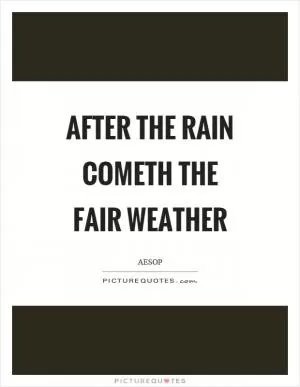Sometimes the slow ones blame the active for the delay

Sometimes the slow ones blame the active for the delay
In the world of Aesop's fables, one recurring theme is the idea that appearances can be deceiving. This is especially true when it comes to the dynamic between the slow and the active. In many of Aesop's tales, we see characters who are quick to judge others based on their outward appearance or behavior, only to later realize that things are not always as they seem.One such fable that comes to mind is "The Tortoise and the Hare." In this story, the hare is confident in his abilities and mocks the slow-moving tortoise, believing that there is no way the tortoise could ever beat him in a race. However, the tortoise proves him wrong by steadily plodding along and ultimately winning the race. The moral of the story is clear: just because someone is slow or appears to be less active does not mean they are incapable or inferior.
This idea is further explored in another fable, "The Ant and the Grasshopper." In this tale, the grasshopper spends his days singing and dancing, while the ant works tirelessly to gather food for the winter. When winter comes, the grasshopper finds himself hungry and cold, while the ant is well-prepared and comfortable. The grasshopper learns the hard way that being active and diligent is more important than simply enjoying the present moment.












 Friendship Quotes
Friendship Quotes Love Quotes
Love Quotes Life Quotes
Life Quotes Funny Quotes
Funny Quotes Motivational Quotes
Motivational Quotes Inspirational Quotes
Inspirational Quotes